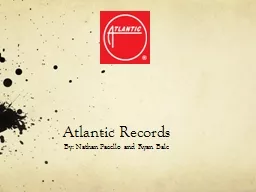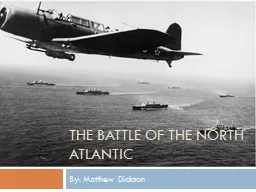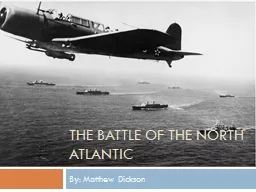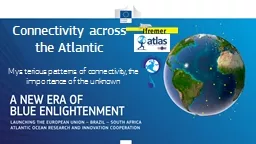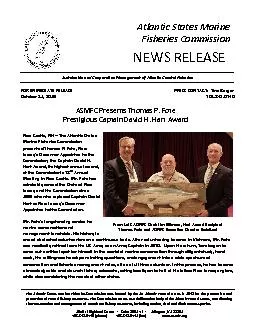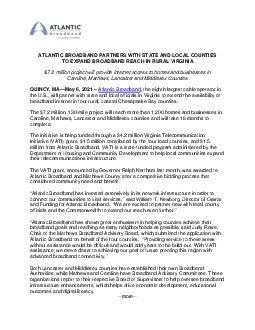PPT-Atlantic Records
Author : natalia-silvester | Published Date : 2016-07-01
By Nathan Pacello and Ryan Bale Why We Decided to Rebrand Atlantic Records The music industry is currently in a recession This is part in due to a change in
Presentation Embed Code
Download Presentation
Download Presentation The PPT/PDF document "Atlantic Records" is the property of its rightful owner. Permission is granted to download and print the materials on this website for personal, non-commercial use only, and to display it on your personal computer provided you do not modify the materials and that you retain all copyright notices contained in the materials. By downloading content from our website, you accept the terms of this agreement.
Atlantic Records: Transcript
Download Rules Of Document
"Atlantic Records"The content belongs to its owner. You may download and print it for personal use, without modification, and keep all copyright notices. By downloading, you agree to these terms.
Related Documents

